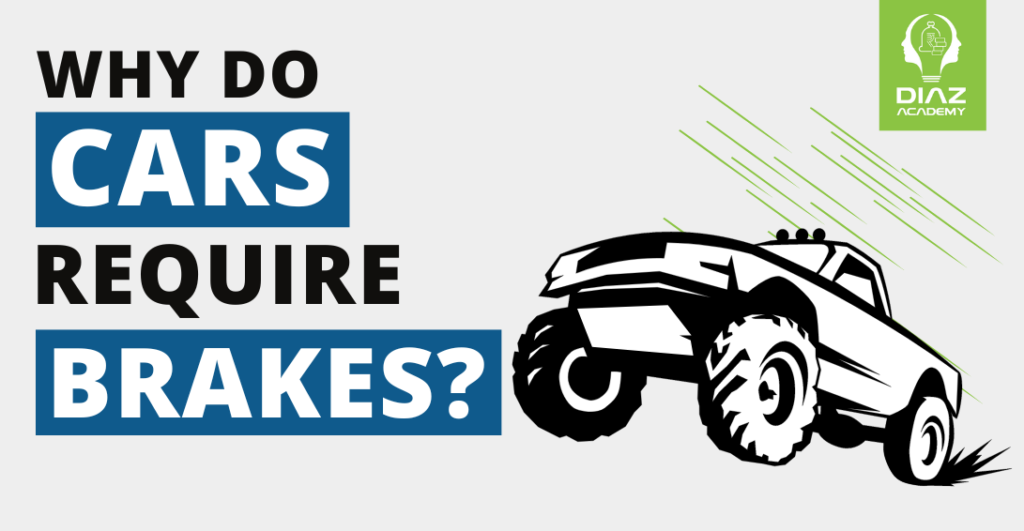A teacher was speaking with students about an important life lesson.
Teacher: Why do cars have brakes?
Student 1: To stop the car.
Student 2: To control the car’s speed.
Student 3: In order to avoid a collision.
Teacher: You’re correct in your own way, but the true purpose of brakes is to make the car go faster.
Complete silence. No one had anticipated this response from a teacher
Teacher: How fast can we drive if our car has no brakes? 5 kmph? It is the brakes that allow us to drive the car faster. Similarly, there are numerous breaks in our lives that either stop or restrict us. Our parents, teachers, and friends assist us in moving forward in life with confidence and progress. We tend to see their difficult questions or constraints as roadblocks that slow us down. They are, however, the catalyst that allows us to take risks while also protecting ourselves. Without these brakes, we could slip, lose our bearings, or be involved in an unfortunate incident. The presence of boundaries results in the creation of new freedoms.
We are all aware that the equity asset class has the potential to accelerate portfolio growth, much like increasing the speed of your car. However, without brakes, your investment ride is prone to crashes due to sharp corrections and bouts of volatility.
Here are the three most important brakes for a smooth ride in stocks.
- Diversification across asset classes to mitigate volatility risk
- Investing for the long term to overcome short-term volatility
- Investing on a regular basis to keep your unit purchase cost averaging (Rupee Cost Averaging)

